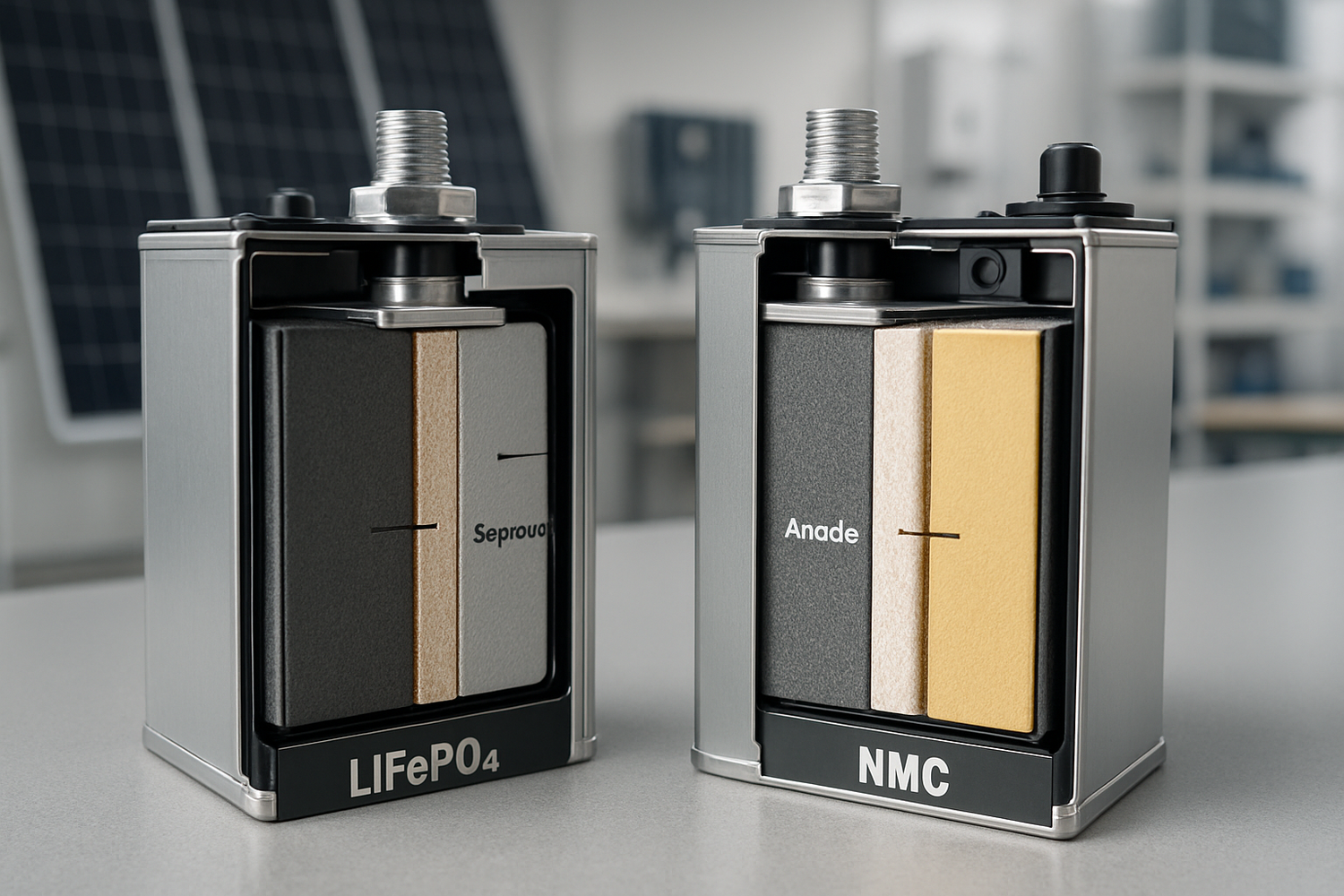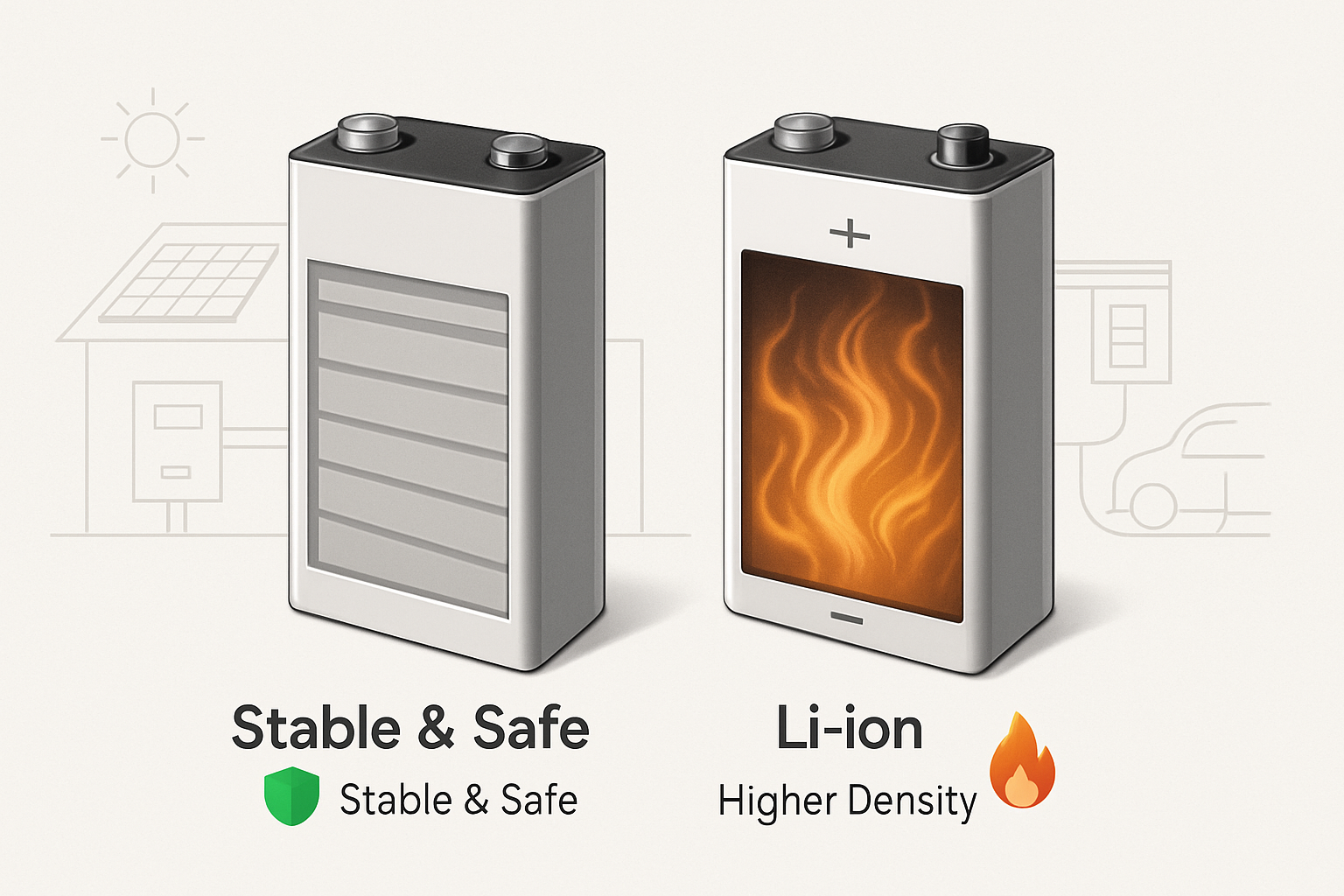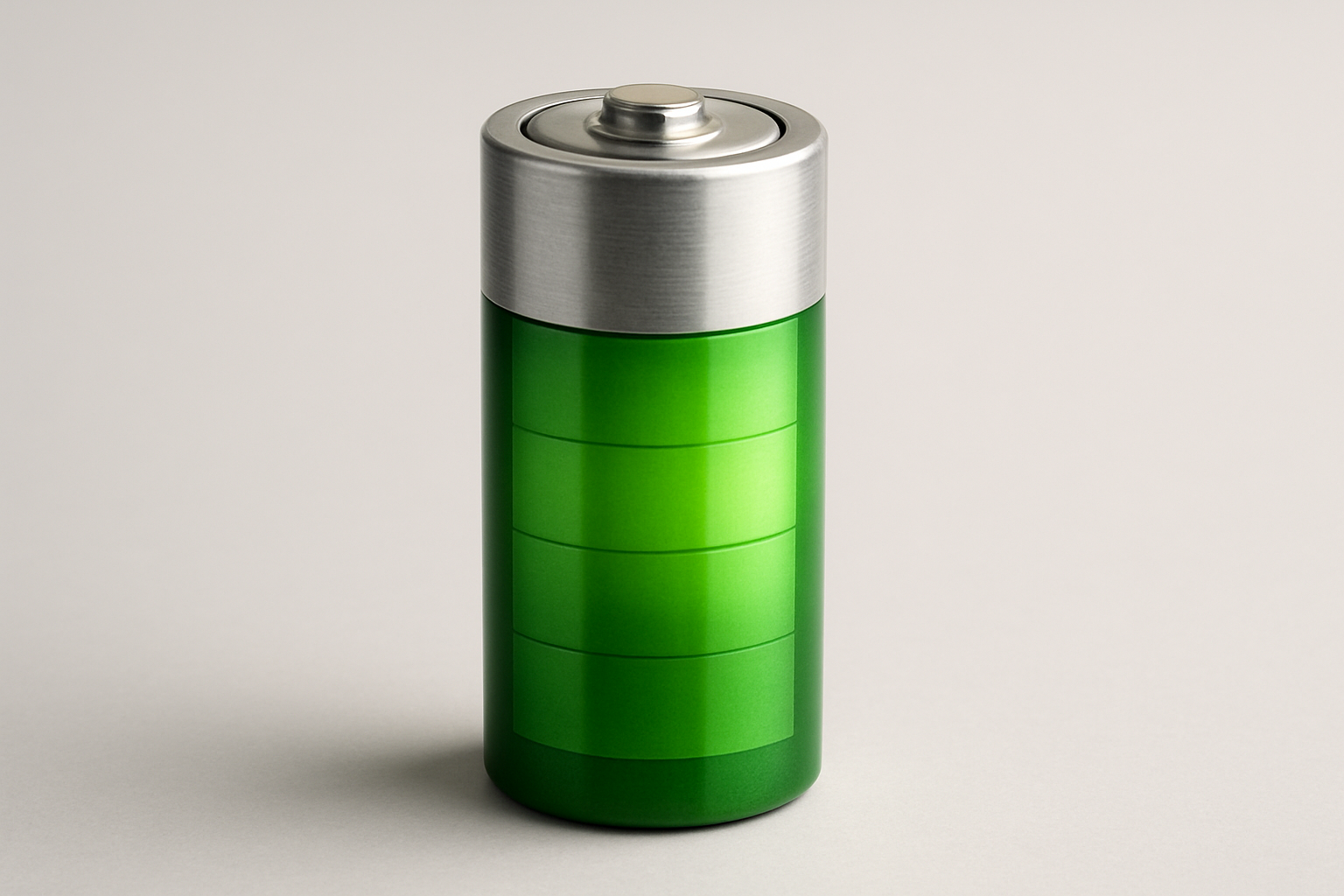When selecting a deep cycle battery for a solar energy system, an RV, or an off-grid application, the term 'lithium' is often used as a catch-all. Yet, the specific chemistry inside that battery case makes a significant difference in performance, safety, and long-term value. Understanding the distinctions between deep cycle lithium battery chemistries is crucial for designing a reliable and efficient energy storage solution.
The two most prominent types in stationary storage are Lithium Iron Phosphate (LiFePO4) and variants of Nickel Manganese Cobalt (NMC). While both fall under the lithium-ion umbrella, their characteristics are tailored for very different purposes. Making the right choice ensures your system not only meets your power needs but also aligns with your priorities for safety and longevity.
The Landscape of Lithium Chemistries
Before comparing chemistries, it's helpful to define what makes a battery 'deep cycle.' Unlike starter batteries in cars that provide a short burst of high current, deep cycle batteries are designed to deliver sustained power over extended periods and to be discharged and recharged many times.
What Defines a Deep Cycle Battery?
A deep cycle battery is the marathon runner of the battery world. Its primary job is to provide a steady current to power appliances and electronics for hours on end. This capability is essential for solar energy storage, where it must store energy during the day and release it throughout the night. The ability to withstand thousands of charge-discharge cycles without significant degradation is its defining feature.
The Main Contenders: LiFePO4 vs. NMC
LiFePO4, or LFP, uses lithium iron phosphate as its cathode material. It has become the standard for stationary energy storage due to its stability and long life. NMC, on the other hand, combines nickel, manganese, and cobalt. This chemistry is known for its high energy density, making it a popular choice for electric vehicles (EVs) and portable electronics where weight and space are primary concerns. According to the International Energy Agency (IEA), the global EV battery market is now roughly split between these two chemistries, with LFP gaining market share rapidly, especially in energy storage.
Difference 1: Safety and Thermal Stability
Safety is a non-negotiable aspect of any home energy storage system. The chemical structure of a battery directly influences its stability under stress. LiFePO4 batteries have a significant advantage in this area due to their exceptionally stable phosphate-based chemistry. This structure is highly resistant to thermal runaway, a dangerous condition where a battery overheats uncontrollably. The ignition temperature for LiFePO4 is around 270°C (518°F), much higher than the 210°C (410°F) for NMC. This makes LiFePO4 an inherently safer choice for residential and off-grid applications where reliability is paramount.
Difference 2: Lifespan and Cycle Count
A battery's lifespan is measured in charge cycles. A single cycle is one full charge and discharge. LiFePO4 batteries excel in longevity, typically offering between 3,000 and 7,000 cycles before their capacity degrades to 80%. In contrast, NMC batteries generally provide 1,000 to 2,000 cycles. For a home solar system that cycles daily, a LiFePO4 battery can realistically last over 10-15 years, while an NMC battery might need replacement much sooner. This extended lifespan makes LiFePO4 a more durable investment for long-term energy independence. For a complete overview of how different factors impact battery life, you can review this ultimate reference on solar storage performance, which details metrics like Depth of Discharge (DoD) and their effects.
Difference 3: Energy Density
Energy density refers to how much energy a battery can store relative to its weight (gravimetric) or size (volumetric). This is where NMC chemistry has an edge. NMC batteries can have an energy density of 200-250 Wh/kg, while LiFePO4 is typically in the 160-180 Wh/kg range. This higher density makes NMC ideal for applications where space and weight are critical, such as in electric vehicles or portable power packs. For stationary home energy storage, however, the slightly larger size and heavier weight of a LiFePO4 battery are usually negligible trade-offs for its superior safety and lifespan.
Difference 4: Performance Across Temperatures
Both battery types operate within a specific temperature range. LiFePO4 batteries generally have a wider operating window and are known for their robustness. However, their performance, particularly charging, can be limited in sub-freezing temperatures without an integrated heating system in the Battery Management System (BMS). NMC batteries can retain slightly more capacity in very cold weather but are more susceptible to degradation at high temperatures. For most residential and stationary applications, the thermal performance of LiFePO4 is more than adequate and predictable.
Difference 5: Upfront Cost and Long-Term Value
Historically, NMC batteries were often cheaper upfront. However, as manufacturing has scaled, LiFePO4 costs have become highly competitive. A 2020 report from the U.S. Department of Energy found that the cost per kWh of LFP cells was already about 6% less than NMC cells. When considering the total cost of ownership, LiFePO4 often provides superior value. Its much longer cycle life means the cost per cycle is significantly lower. This metric, often called the Levelized Cost of Storage (LCOS), demonstrates that investing in a LiFePO4 battery is frequently more economical over the system's lifetime.
Difference 6: Environmental and Ethical Considerations
The materials used in batteries have a direct environmental and ethical impact. NMC batteries rely on cobalt, a mineral whose mining is concentrated in the Democratic Republic of Congo and is often associated with environmental degradation and unethical labor practices. According to the International Renewable Energy Agency (IRENA), ensuring a sustainable supply of critical materials like cobalt is a major challenge for the energy transition. LiFePO4 batteries avoid this issue entirely as they are cobalt-free. They use iron and phosphate, which are more abundant, less expensive, and ethically sourced, making them a more sustainable choice.
Difference 7: Voltage Characteristics and Power Delivery
LiFePO4 and NMC cells have different nominal voltages (around 3.2V for LiFePO4 and 3.7V for NMC). A key advantage of LiFePO4 is its very flat discharge curve. This means it maintains a consistent voltage throughout most of its discharge cycle, providing steady and reliable power to your appliances. NMC batteries have a steeper voltage drop as they discharge. The stable output of LiFePO4 simplifies system design and ensures consistent performance from connected devices.
Choosing the Right Chemistry for Your Application
The choice between LiFePO4 and NMC ultimately depends on the application's specific needs. The table below summarizes the key differences to help guide your decision.
| Feature | LiFePO4 (LFP) | NMC |
|---|---|---|
| Safety | Excellent (High thermal stability) | Good (Requires more complex BMS) |
| Lifespan (Cycles) | 3,000 - 7,000+ | 1,000 - 2,000 |
| Energy Density | Good (160-180 Wh/kg) | Excellent (200-250 Wh/kg) |
| Long-Term Cost | Lower | Higher |
| Environmental Impact | Low (Cobalt-free) | Higher (Contains cobalt) |
| Primary Application | Stationary Storage, Off-Grid | Electric Vehicles, Portables |
For home solar, off-grid living, and other stationary energy storage systems, the priorities are safety, longevity, and long-term value. In these areas, LiFePO4 chemistry is the clear winner. Its robust safety profile, extended cycle life, and positive environmental credentials make it the ideal foundation for achieving reliable energy independence.
Frequently Asked Questions
Is LiFePO4 the same as lithium-ion?
LiFePO4 is a type of lithium-ion battery. The term 'lithium-ion' describes a broad family of batteries with different chemistries. LiFePO4 is one specific chemistry within that family, just as NMC is another. It's more accurate to compare specific chemistries like LiFePO4 vs. NMC rather than using the general term.
Which battery chemistry is best for a home solar system?
For home solar energy storage, LiFePO4 is widely considered the superior choice. Its high safety rating, long cycle life, and excellent long-term value are perfectly suited for the daily charge-and-discharge patterns of a residential solar installation.
Can I use any lithium battery for my RV?
While many lithium batteries can be used in an RV, LiFePO4 is the recommended chemistry. RVs are mobile homes where safety is critical. The high thermal stability of LiFePO4 provides peace of mind, and its long lifespan can withstand the rigors of frequent use on the road.





Leave a comment
All comments are moderated before being published.
This site is protected by hCaptcha and the hCaptcha Privacy Policy and Terms of Service apply.